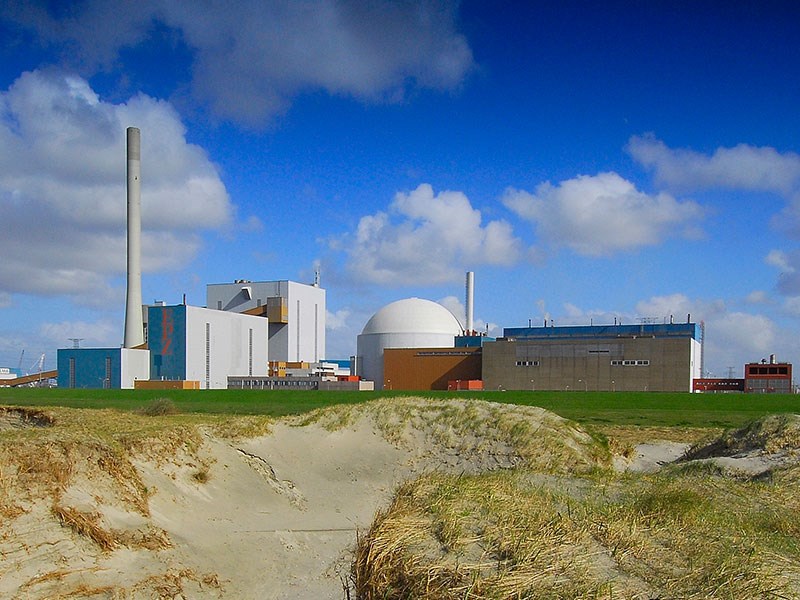Historic milestone reached in research into molten salt inside High Flux Reactor
Historic milestone reached in research into molten salt inside High Flux Reactor
17 September 2019
At the end of this summer we reached a historic milestone by successfully concluding an irradiation test on molten nuclear fuel salts inside the High Flux Reactor in Petten. This is the first irradiation of its kind since the research carried out in the USA in the 1960s. irradiation tests of this kind form a crucial step in the development of molten salt reactor technology. This technology is promising in terms of both safety and economy, while having the potential to avoid release of long-living radioactive waste in severe accident scenarios.
Researcher Ralph Hania of NRG comments: ‘Completing our work inside the reactor means we can now examine the irradiated salt more closely in the NRG labs. This means we’ll really be able to see how the salt responds to irradiation in the reactor.’
SALIENT-01 is the first irradiation experiment conducted by NRG in the molten salt reactor research programme that started in 2015. Since pioneering the field at that time, it has maintained its head start on the international scene. And now, four years later, the concept of the thorium reactor is widely known in the energy sector as a promising solution to energy issues in the future.
The molten salt programme at NRG has expanded considerably since 2015, and comprises (among others) research into appropriate construction materials, processing and purification of molten salt, and processing residual products. There are more irradiation projects in the pipeline including an irradiation, scheduled for this autumn, of which the objective is to investigate radiolysis of salts. This process may occur when nuclear fuel salts cool down to near room temperature while in a radiation field, and results in the production ofgases. In addition, early in 2020 NRG will start an irradiation experiment in the High Flux Reactor to examine corrosion resistance of candidate materials (alloys) for construction of a molten salt reactor. This is a unique piece of research which will help bringing molten salt reactors closer to reality.
About NRG
NRG carries out nuclear-technological research in various fields, including the molten salt programme. This research comprises (among others) trial irradiations on nuclear materials and nuclear fuels in the HFR in Petten together with accompanyingpost-irradiation experiments, inspection methods and high-quality simulations of behaviour displayed by nuclear components and reactors. The research is partly funded by the Ministry of Economic Affairs.
In addition, the High Flux Reactor is known worldwide for its major role in the manufacture of medical isotopes, which ensure that 30,000 patients can be treated every day. NRG develops new ways of using medical isotopes for diagnosing and treating life-threatening diseases.
About the Molten Salt Reactor
The molten salt reactor was invented by American nuclear physicist Alvin Weinberg. An experimental reactor operated in the American government laboratory in Oak Ridge back in the 1960s for five years. In its recent experiment, NRG is working with the European Commission’s Joint Research Centre in Karlsruhe, which has produced the salt samples and will investigate this together with NRG in Petten after irradiation. Part of this post-irradiation experiment will be carried out in connection with the new European research project SAMOSAFER, which will be coordinated by Delft University of Technology.

More information?
Contact
For more information please contact
Cora Blankendaal
Press Officer
